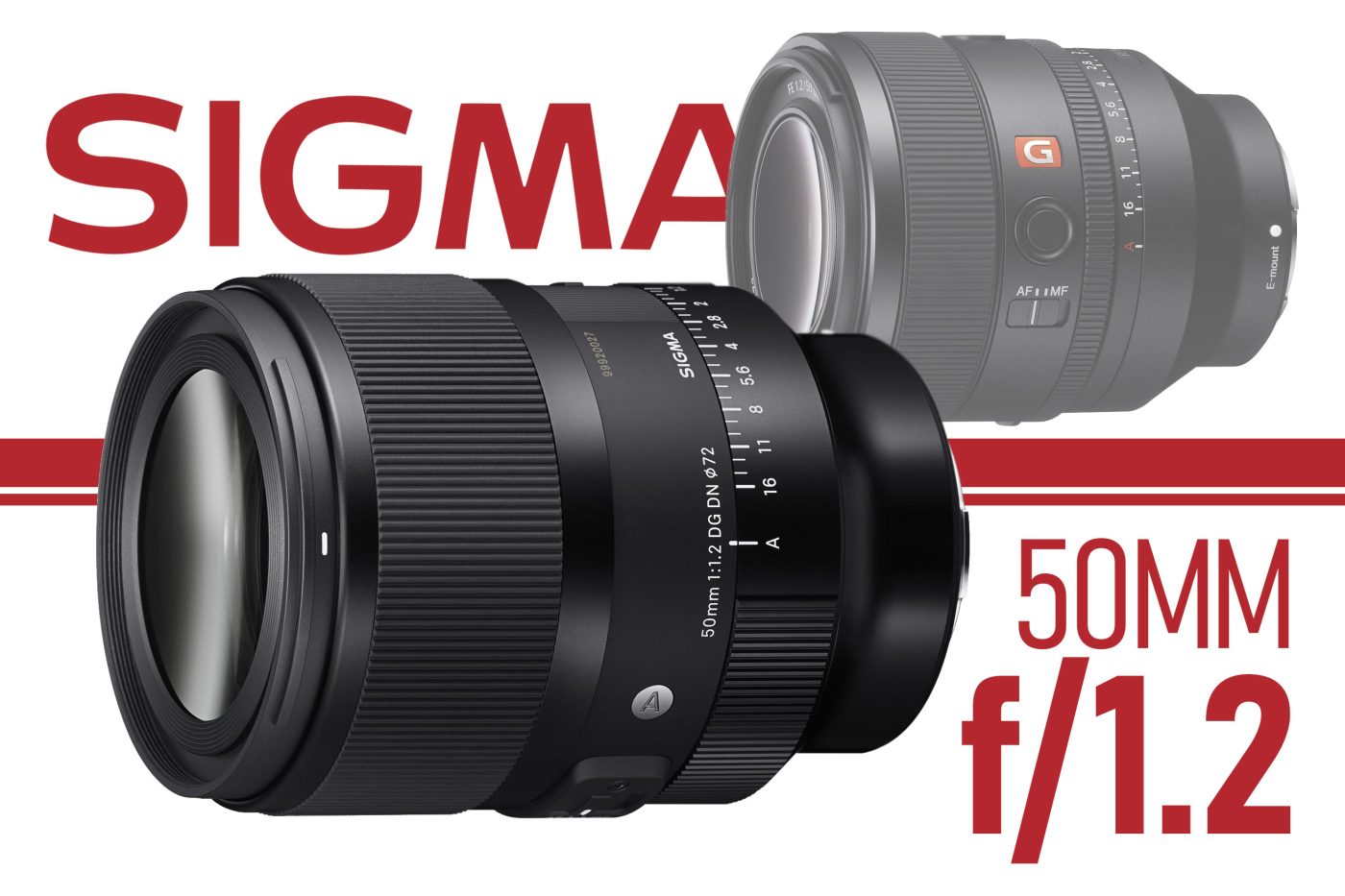This morning, Sigma has announced a new fast “normal” focal length lens for Sony and L-mount mirrorless cameras: the 50mm f/1.2 | ART series lens. Unlike many recent Sigma lenses, this model is lightweight and compact; in fact, Sigma claims that it is the lightest lens in its class. The lens uses dual linear motors for fast and quiet autofocus, a manual aperture ring (with lock and de-click switches), weather sealing, a locking lens hood, an AF Lock button, and a diaphragm with 13 rounded blades.
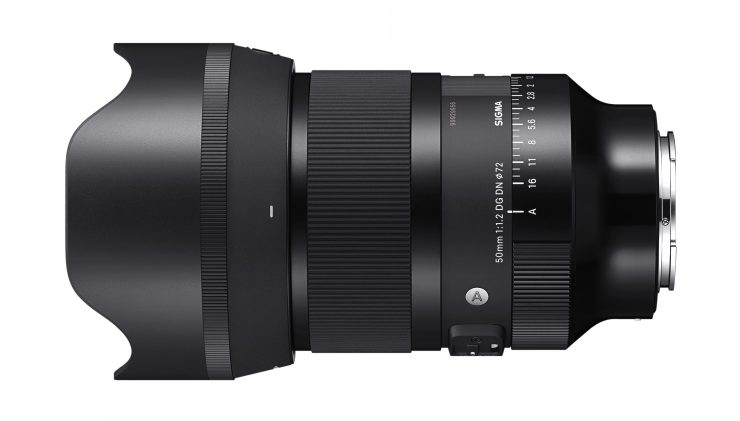
This lens will be a direct competitor with Sony’s existing 50mm f/1.2 GM lens, so it might be useful to take a closer look at how they differ. Needless to say, the Sony lens is more expensive, but the difference is not as big as you might expect.
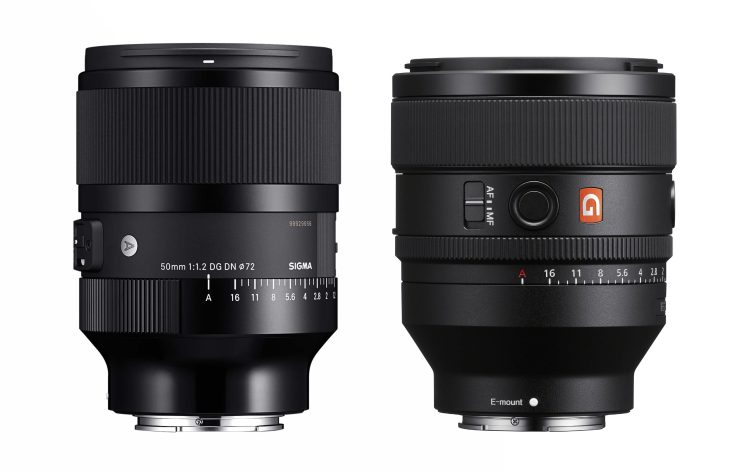
| Sigma 50mm f/1.2 ART | Sony 50mm f/1.2 GM | |
| Price | $1399 | $1,998.00 |
| Weight | 1.64lbs (745g) | 1.7 lb (778g) |
| Length | 4.3″ | 4.3″ |
| Weather Sealing | Yes | Yes |
| AF Motors | 2 Linear | 4 Linear |
| Min. Focus Distance | 15.8″ (40cm) | 15.8″ (40cm) |
| Aperture Blades | 13 | 11 |
| Elements | 17 in 12 groups | 14 in 10 groups |
| Filter Thread | 72mm | 72mm |
Like the Sony lens, the Sigma makes use of a concave front element, which gives the pair of lenses a distinctive look, though Sigma uses three additional elements in its optical formula that also includes 4 aspherical elements. The new lens’s floating focus group also effectively suppresses focus breathing, according to Sigma.
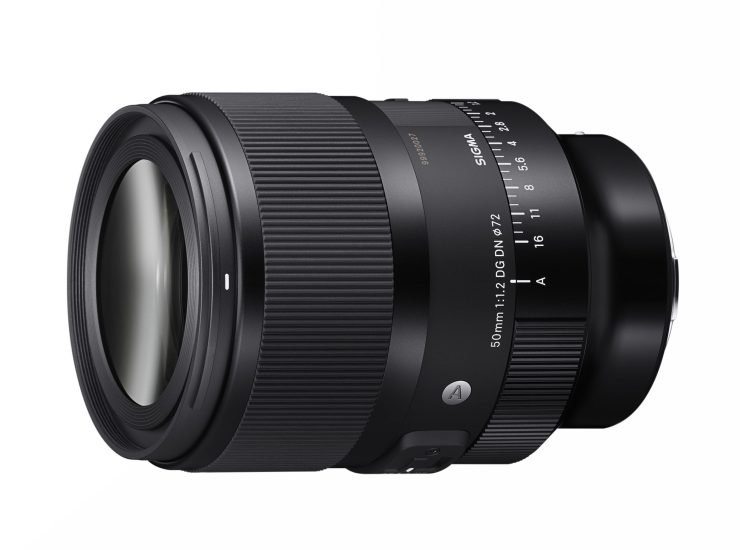
Although the Sigma lens is lighter than the Sony, the difference is modest… just 33g (1.2 ounces), so the lenses are very similar in size, overall.
The Sony lens, however, does cost $500-600 more, depending on the current sales or rebates offered by Sony, and that alone will be enough to sway many photographers towards purchasing the Sigma.
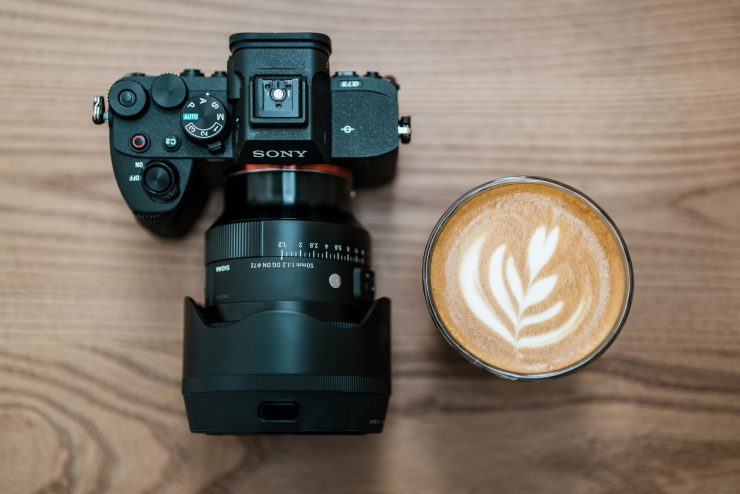
The Sony GM is known for its high resolution across the frame, and Sigma’s ART series lenses have also been known for years for matching or exceeding 1st party lenses’ in resolution, so it will be interesting to see how these two compare when the Sigma becomes available. Interestingly, Sigma’s press release takes pains to point out that the optical design creates a 3D rendering of the subject; in the past, fans of lower resolution German lenses claimed that Sigma’s well-corrected distortion led to flat-looking images, though this was often spuriously attributed to “micro-contrast” found in German lenses.

Among the test images provided by Sigma was this one (below) in which the specular highlights in the bokeh have a “swirly” appearance, similar in appearance to popular vintage lenses such as those from Helios. It’s possible that this is the result of the actual scene rather than the lens’s rendering, but if the Sigma does produce “swirly” bokeh, it may end up being a divisive characteristic. Fans of swirly bokeh may appreciate the availability in a lens with high resolution and autofocus.

Price and Availability
The Sigma 50mm f/1.2 | ART lens will be available in stores beginning April 18th at a cost of about $1399. As usual, the lens can be pre-ordered through B&H Photo and Adorama, among others.

